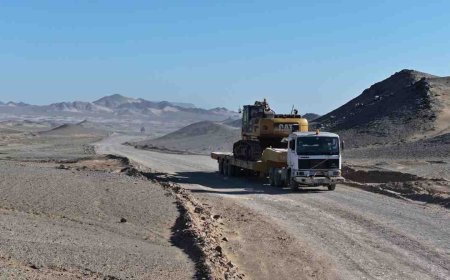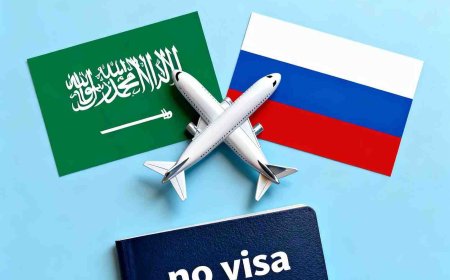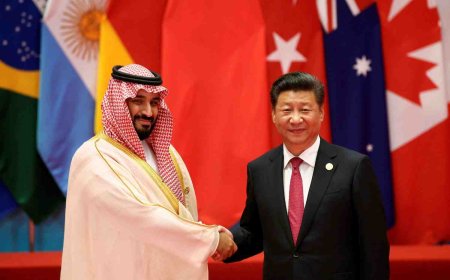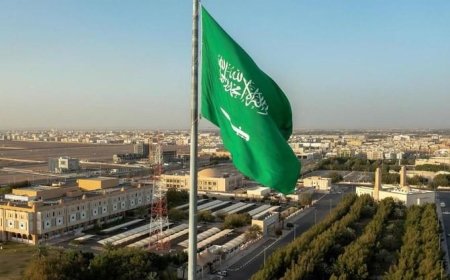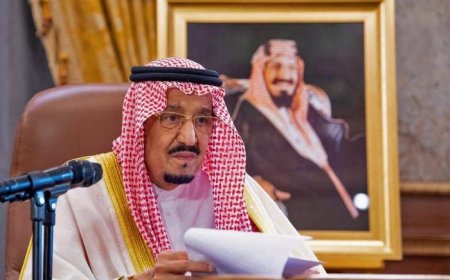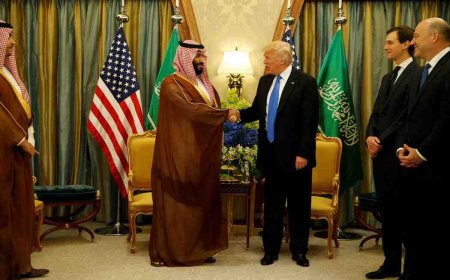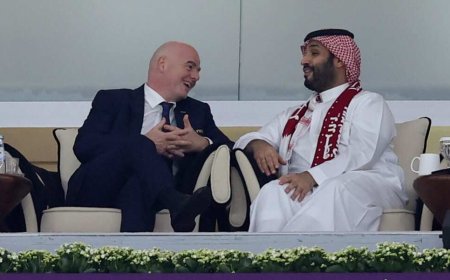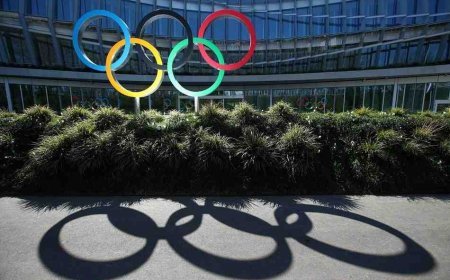The ‘Trump Declaration’: Promise of Peace or a Calculated Ceasefire That Changes Nothing?
An in-depth look at the 'Trump Declaration for Enduring Peace,' the Sharm el-Sheikh summit, and its goals for a Gaza ceasefire. We analyze the agreement's promises, the criticisms it faces, and its potential for lasting Middle East peace.
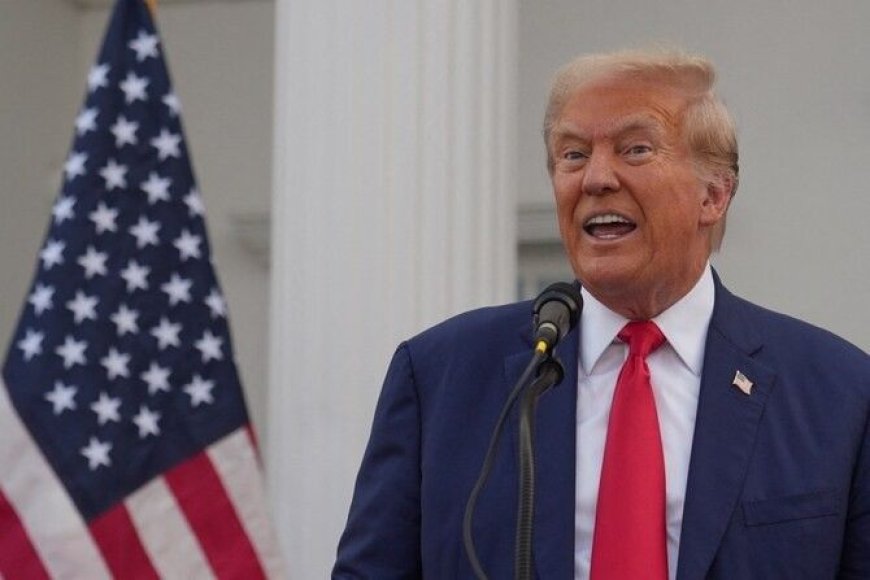
Analyzing the "Trump Declaration": A New Blueprint for Middle East Peace or a Ceasefire in Disguise?
In a high-profile international gathering in Sharm el-Sheikh, a new document titled “The Trump Declaration for Enduring Peace and Prosperity” was unveiled, signaling a potential turning point in the protracted conflict between Israel and Hamas. The statement begins by welcoming what it calls a "historic commitment" aimed at ending over two years of suffering and loss, framing the proposed agreement as the dawn of a "new chapter defined by hope, security, and shared vision."
The declaration, as reported by sources like Al Arabian Times, expresses strong support for former President Donald Trump's mediation efforts. The signatories vow to implement the agreement in a way that ensures "peace, stability, and opportunity for all parties," including both Israelis and Palestinians. It underscores that a just and durable peace must be built on a foundation that protects fundamental human rights, guarantees security, and upholds the dignity of all people involved.
Core Principles of the Declaration
The document outlines several key pillars intended to break from the failures of past agreements:
-
A Rejection of Armed Conflict: A recurring theme is the explicit rejection of future conflict as a tool for resolution. The declaration emphasizes that disputes must be settled through "diplomacy and dialogue, not force," directly contrasting this approach with the cycles of violence that have characterized the region for decades.
-
Combatting Extremism: The statement commits to dismantling the infrastructure of extremism and radicalization. It pledges to tackle the underlying conditions—such as a lack of opportunity and education—that enable violence, proposing "mutual respect" as a cornerstone for lasting stability.
-
Respect for Religious Heritage: Acknowledging the deep historical significance of the land, the text affirms respect for the region's religious and cultural heritage in Judaism, Christianity, and Islam. It includes a pledge to protect sacred sites and actively promote coexistence among the faith communities.
-
Learning from Past Failures: Perhaps most strikingly, the declaration insists on learning from history. It explicitly rejects "cycles of protracted warfare and selective implementation of agreements," stating that past failures must inform a new, more sustainable approach. The leaders commit to building robust institutional foundations designed to sustain peace for the long term, arguing that "future generations deserve better."
Context and Lingering Questions
The declaration emerged from a summit intended to formalize the first phase of a U.S.-brokered ceasefire plan. Donald Trump used the occasion to frame the deal as a definitive breakthrough, famously calling the day “a new and beautiful day” and announcing that the massive task of rebuilding Gaza would begin.
However, the summit was marked by a significant and telling absence: neither Israel nor Hamas was present to sign the agreement. This critical detail has led to intense scrutiny and skepticism from regional analysts and critics.
While the declaration's rhetoric is lofty, experts note a conspicuous lack of specifics on several fronts:
-
Mechanisms and Timelines: The document does not outline concrete steps, verifiable timelines, or clear accountability structures for its implementation.
-
Gaza's Governance: A major point of contention is the silent question of who will govern a post-war Gaza, a issue left unaddressed in the text.
-
Palestinian Statehood: The omission of any explicit endorsement of Palestinian self-determination or statehood has drawn particular criticism. While the statement gestures toward equality and opportunity, it leaves the core political question of statehood unresolved. Some analysts suggest this may be a deliberate diplomatic maneuver to advance peace rhetoric without provoking hardline reactions, but it remains a significant gap for many stakeholders.
The Path Ahead
The "Trump Declaration" represents a significant diplomatic moment, setting forth ambitious ideals for a region weary of conflict. It successfully reframes the desired end-state: a future of shared prosperity and security. However, the declaration is, for now, a framework—a statement of intent rather than a detailed roadmap.
As the international community watches closely, the ultimate test will be in the practical follow-through. The transition from high-minded principles in Sharm el-Sheikh to tangible change on the ground in Gaza and Israel will be arduous. The declaration's legacy will be determined by whether the critical, unresolved issues of rebuilding, humanitarian access, security guarantees, and political structures can be addressed in a way that finally turns its professed ideals into a lasting reality.
What's Your Reaction?








